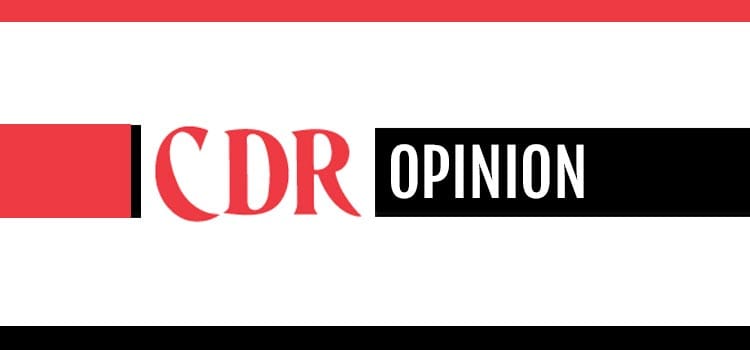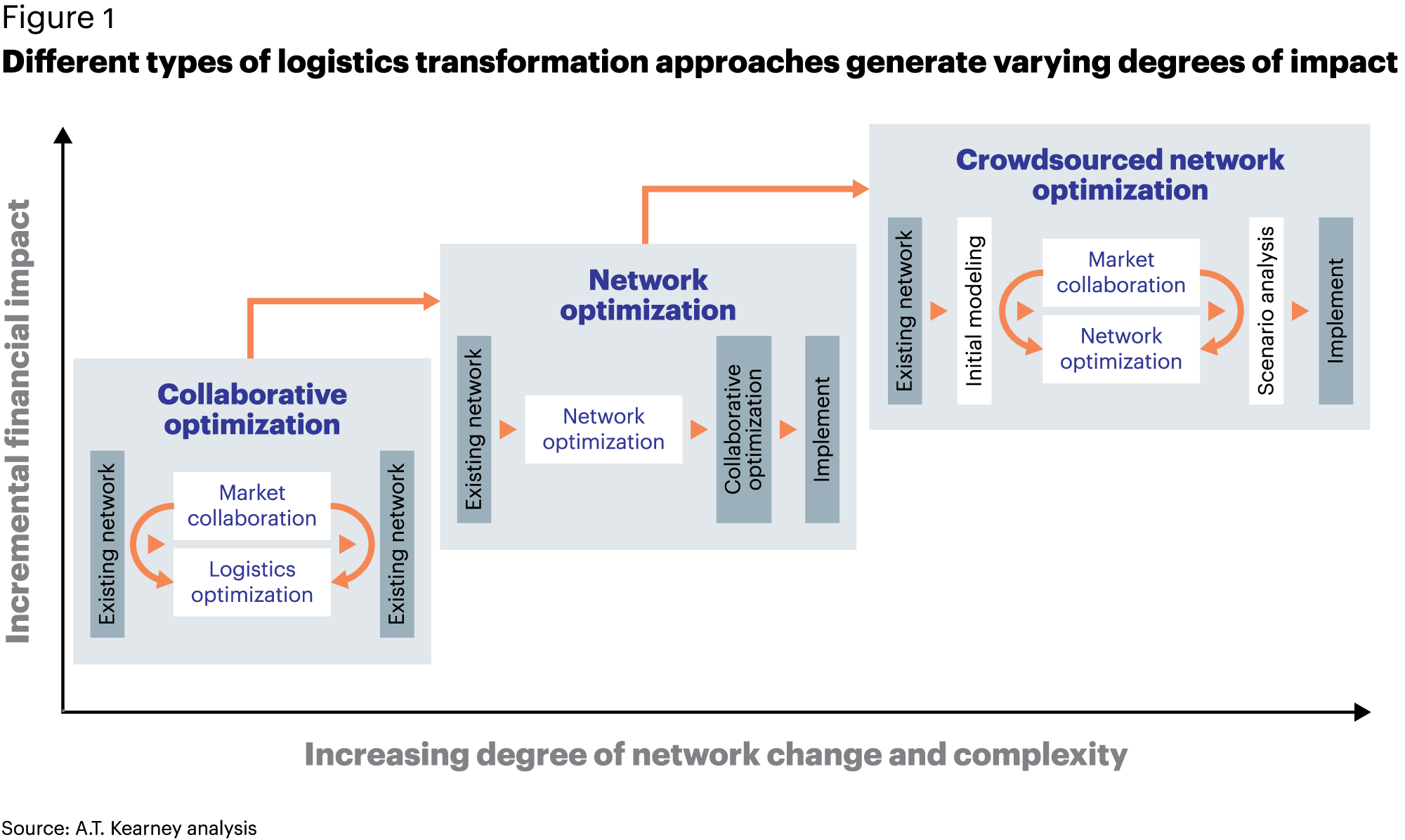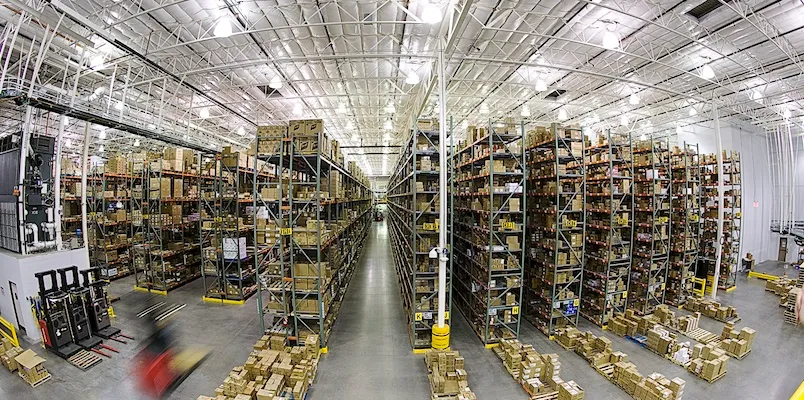A perfect storm is brewing for drug retailers’ supply chain managers, third-party logistics suppliers (3PLs) and the carriers they work with.
After U.S. logistics costs declined 1.5% in 2016, the first half of 2017 was flat due to lingering overcapacity and rate pressures that had shippers asking for — and still getting — rate reductions. Costs rose markedly during the second half of the year, however, a trend that is expected to continue in 2018. There is less room for easy cost cutting now, and the traditional areas where shippers look for more value — warehousing and transportation — show less potential as well.
As a result, chain drug retailers are rethinking their supply chain networks as they consider alternate partners and distribution assets. They are also grappling with rapidly changing consumer expectations and rising shareholder demands for efficiency.

Competing forces create the storm, but there is a ray of sunshine. An innovative approach to logistics network design benefits both shippers and suppliers. Known as crowdsourced network optimization (CNO), it builds on traditional optimization, taking it further with crowdsourcing techniques and advanced analytics and strategy.
A closer look at current conditions shows why a new approach benefits the industry:
• Even as carriers and 3PLs improve margins, achieving rate concessions grows more difficult. Shippers can achieve new ground by shifting from transactional pricing to end-to-end performance improvement.
• As market capacity tightens, supply chains hesitate to change their mix of 3PLs to minimize operational risk. Greater value across the enterprise and lower risk are possible through closer collaboration with internal functional partners and businesses, especially when it occurs during the logistics planning process for the coming year.
• At the same time, shippers will need to upgrade their logistics cost and operations-management strategy to deliver savings and hit higher performance targets.
A crowdsourced approach draws on each party’s insights and strengths while it builds on optimization tools from the past.
Demands outpace past approaches to optimization
During the last decade, we have seen two logistics transformation approaches achieve various benefits.
First, collaborative optimization, where companies optimize spend a single mode at a time, has brought 5% to 12% savings through expressive bidding instead of traditional auctions (see figure 1). When a supply chain is transparent about its logistics requirements, future demand and constraints, the supplier can suggest pricing to meet its needs. This approach brings good value for one mode at a time, such as road, warehousing or air, but usually not multiple modes simultaneously.
Second, network optimization, where companies use benchmarks to rationalize footprint and transportation lanes and expedite design of future networks for sourcing, has generated 8% to 15% savings. It is often based on internal guestimates before talking to suppliers, however. Suppliers may come back with more efficient options for warehouse locations, but time and insights can be lost on how to maximize the overall footprint.

In contrast, using crowdsourcing to collaborate with suppliers during network optimization can help chain drug retailers realize savings of 10% to 20% on spend across all modes — even as they face unprecedented complexity.
Companies in this sector commonly spend 2% to 6% of sales on logistics, making it a common target for cost cutting. Today’s multilayered and global supply chain networks are more complicated with their multiple transportation modes and legions of 3PLs, carriers, warehouse companies and other vendors.
Continually changing customer requirements and competitive disruptions compound the intricacy, as shippers face ever-faster and more demanding delivery expectations that affect factors such as in-stock rates, inventory visibility, rapid at-home delivery and shipping transparency. These demands spark a growing need for customization and shrinking tolerance for error.
Traditional optimization processes may have a one-time impact on today’s networks but leave planners to start from zero again the next year. Crowdsourcing changes all that.
CNO optimizes end-to-end distribution cost, all the way from planning and procurement to warehousing and transportation. It relies on real-time market input that meets actual supply chain conditions while laying the foundation for strategic value-based partnerships with suppliers that generate continuous operational improvements for the shipper.
We have seen crowdsourced network optimization perform well for companies in numerous sectors, from telecommunications to the chemicals industry, where a leading company we have worked with achieved more than $100 million in savings on $700 million in transportation and warehousing spend using this approach.
What makes crowdsourcing so effective?
Crowdsourcing reveals new ways to drive efficient logistics alongside perpetual cost improvement. 3PLs and other service providers with intimate knowledge of logistics capabilities can identify shipping options and potential efficiencies that a shipper designing its network in isolation may not have discovered. CNO brings providers in at the design phase and uses their combined intelligence to determine options and pricing for the most effective footprint (see figure 2).
The power of crowdsourcing comes from:
• Collaborating with third parties to uncover networking strategies that would have been impossible to achieve in a vacuum, using real market prices.
• Early engagement of 3PLs to accelerate implementation and minimize risk.
• Encouraging procurement, the supply chain and businesses to collaborate internally on the end-to-end process.
• The unlocking of greater value by all parties and a focus on continuous optimization.
• The resulting long-term strategic value created for everyone, including 3PLs, through co-creation.
How it works
While the crowdsourced approach works slightly differently to meet each supply chain’s needs, there is a standard structure.
First, shippers share the state of their current network, operating constraints and future distribution needs with a select list of relevant 3PLs, carriers and other logistics service providers. They, in turn, are invited to develop solutions, including distribution node locations, transportation modes, routing options and pricing, all with the goal of revealing lower operating costs with no disruption to customer service levels.
Shippers also discuss strategic goals with providers and ask for solutions to operational challenges.

These exchanges reveal new possibilities for improving performance and reducing costs while advancing broader corporate goals. For example, in late summer and early autumn as holiday inventories swell, a warehouse operator may know of a distribution center with available space in a critical market where other warehouses are full. A 3PL may know of a reliable local trucking company that can meet stringent delivery demands at lower rates than national carriers.
Shippers carefully evaluate these options using advanced analytics to run an array of scenarios and identify the best warehouse locations, shipping routes and carriers.
The shipper’s supply chain, procurement functions and business units collaborate closely throughout the entire process to arrive at the optimal network design and award scenario. The resulting network is significantly easier to implement and generates transformative performance gains that turn logistics into a long-term profit driver and competitive advantage.
Excellent time to crowdsource
The current state of the logistics industry makes this an opportune time for crowdsourcing. In the past, eight out of 10 network design implementations have failed or underperformed for supply chain managers in one way or another. It takes the right partner, the right network footprint and exacting implementation to move goods efficiently while supporting efficient operations. The competitive CNO process can tap the best solutions.
Shippers will undoubtedly find a receptive audience among logistics providers looking to play a strategic role with their customers. They are motivated to design comprehensive solutions beyond discrete services.
By engaging third parties in the design process, supply chain managers gain access to insightful options and can reach an effective solution much faster, with scenarios built for long-term planning bolstered by input from internal areas important to network design.
The crowdsourced approach works with the right set of analytical tools, thought leadership and program management capabilities for co-creation of a solution. The right preparation, in effect, provides an ideal ship to sail through the perfect storm and find very favorable conditions on the other side.
Michael Zimmerman is a partner in A.T. Kearney’s New York office; he can be reached at michael.zimmerman@atkearney.com. Vishal Bhandari is a partner in A.T. Kearney’s Chicago office; he can be reached at Vishal.Bhandari@atkearney.com. Balika Sonthalia is a vice president of procurement and analytic solutions in A.T. Kearney’s Chicago office; she can be reached at Balika.Sonthalia@atkearney.com.







